This may come as a surprise, but your competition is not based on who sells the same thing you do. In fact, often it's not even about your product or your service. The simplest way that most businesses define who they are competing against is other companies in the same category as you. If you own an Indian restaurant, it is other Indian restaurants. If you sell flowers, it is other flower shops. The problem with this model is that it is usually too narrow to give you a picture of who your real competition is.
On any given night, any Indian restaurant might compete with a fast food joint, or even a grocery store. The flower shop might compete with a chocolate store on Valentine's day, or even with charitable causes when it comes to donations people make in memory of their departed loved ones. There are many sources of competition and often they are far beyond the real sources that you are usually thinking about. Here are three ways to start thinking more broadly about who your competition really is … a necessity if you are going to be able to get smarter about marketing against them:
- Competition By Location – If you are a business based on convenience in any way, location can be your golden trump card. People decide on dentists, dry cleaners, gas stations and much more based on little more than whether or not you happen to be on their way home. Thinking about your business in terms of where you happen to be located can help you to focus on the real competition, and think more strategically about how to beat them.
- Competition By Emotion – Typically the product or service you sell will fit under some type of need for your customers. They may need to pick up dinner (hunger), or buy a gift for a friend's birthday (reinforcement), or need a way to register a domain name online (online branding). Thinking in terms of the underlying needs beneath these specific tasks can also help you better understand your competition because you can understand what your customers may really be thinking about and need help with.
- Competition By Experience – When someone purchases a service like house painting, they are not just paying you to paint their house. They are also expecting you to use the right kind of paint, and not to get paint on their floors and to clean up when you're done. These are all part of the experience, and can be what help your business to stand out from your competition, even though you technically sell the same service.
As marketers and businesspeople, we often focus on fighting against our competition. Sometimes, the better course might just be to see if you're even fighting against the right foe.







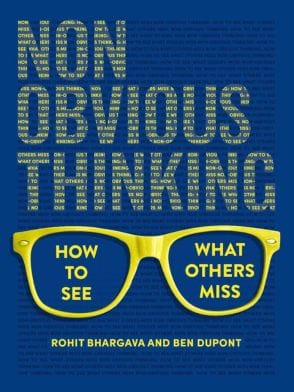

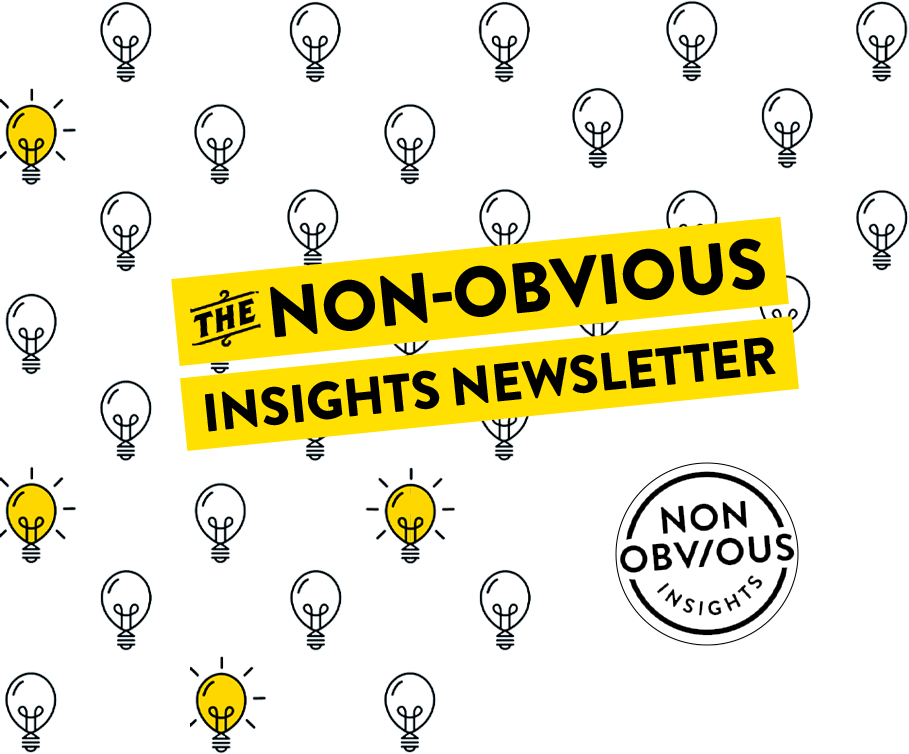



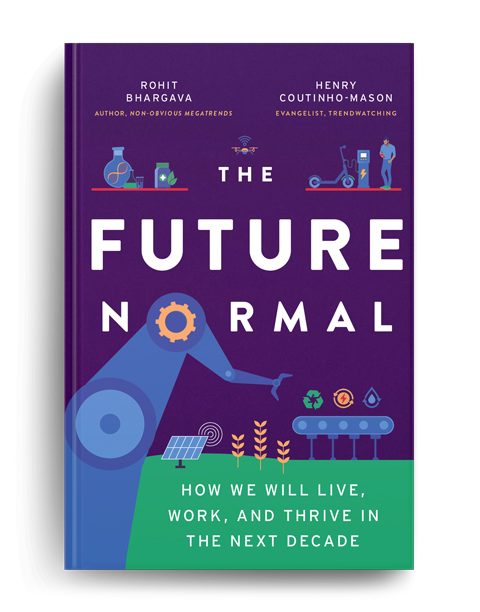

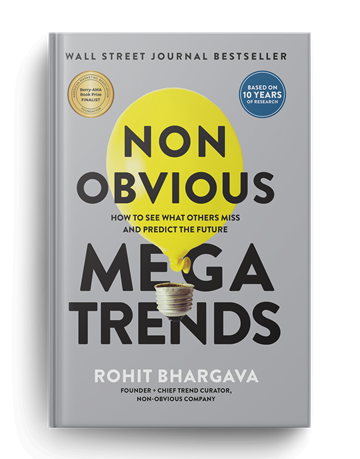
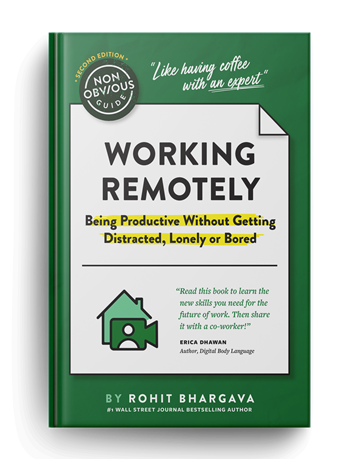
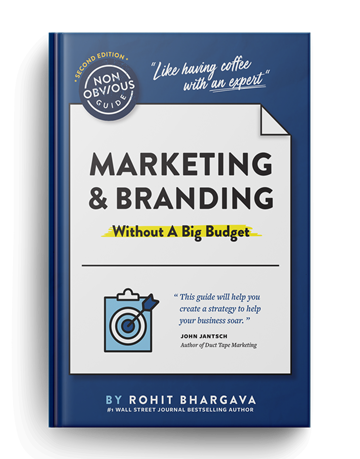

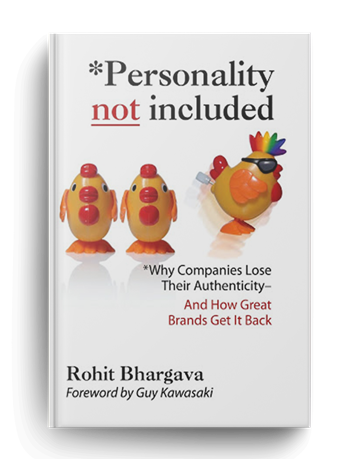
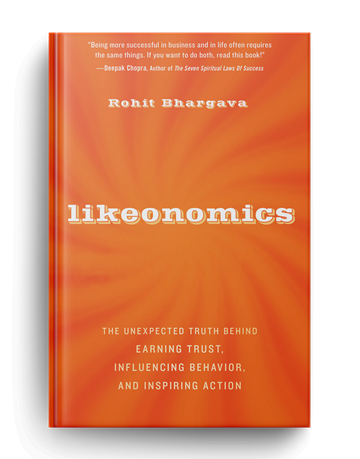


Right on, Rohit. I can’t tell you how many times I’ve heard business people say, “I don’t have any competition – nobody else sells X.” I encourage them to think more broadly, about what alternatives their customers can buy to get the same benefit.
You definitely need to be able to differentiate yourself. What are you doing or offering that’s different or better than the next guy? What is your unique selling proposition?
Rohit,
You make a very valid point about the narrow view many companies take about their competition. But here’s another perspective. Concentrate (fully) on how you can change the game for your customer. If you do this, your world automatically expands beyond your current frame. And competition (at least in the narrow sense of current boundaries) falls by the wayside.
Interesting blog.
It is a scary thought though. Of course we compete every day with all manner of alternative options for our services and products. The key thing is to identify how you can best diferentiate yourself. We work for lots of b2b service providers. For example, we work for 3 top PR agencies. They all have blue-chip clients. They all give great service. They all are great to deal with. They all get lots of coverage and understand their market sectors. However, that means nothing if their target audience isn’t buying.
Differentiation isn’t easy in our commoditized world.
That’s why we have to ask our customers, potential customers and our clients. Ask them what they buy and why. Ask clients why they buy from you. At the end of the day. it’s about really researching and knowing your market and not thinking or saying you do.
Regards Jonathan
Have you ever heard about “In kind” or “Non in kind” competiton?
Great points to make! This is yet another example of why I enjoy your blog.
your blog has many good points. really, i enjoyed reading it.
I think this is a great new way to look at things in light on the recession. We need to know what really motivates our buyers and how to duplicate it.
Great post!
Dr. Letitia Wright
The Wright Place TV Show
https://wrightplacetv.com
http://www.twitter.com/drwright1
These are some awesome points. Many people do not think about how they have all types of competition. They also fail for not understanding the competition.